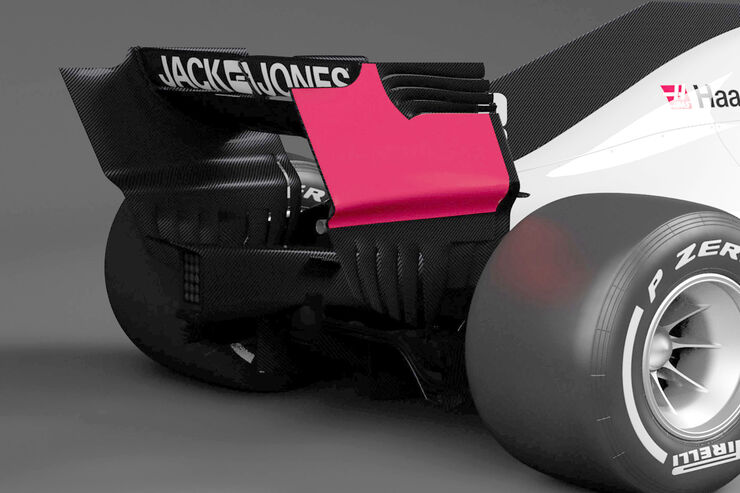I would like to issue a challenge to the members of this forum. I wonder if anybody can come up with aerodynamic ideas/concepts for an F1 car. I would suggest that things that are close to what has already been done is acceptable while direct copy's are not acceptable.
As per rules followed I would say to stick to the 2015 rules with some bending of said rules being ok (seeing as all teams do it anyway).
Let's see what the members of this forum can come up with.
P.S. Remember an aerodynamic idea doesn't necessarily have to be complicated, simple things such as a new vane or a different form of boundary layer control area just general ideas.
P.P.S. The more information you can provide, the better. Drawings even if very rough would be great and if you have access to CFD software then even better however I wouldn't ask for that.
...oh and for the members new to the world of aerodynamics, don't be afraid to leave a comment or suggestion. All is welcome, I would like this to be a thread for people to learn as well as for new ideas to be discussed.
- Login or Register
No account yet? Sign up





